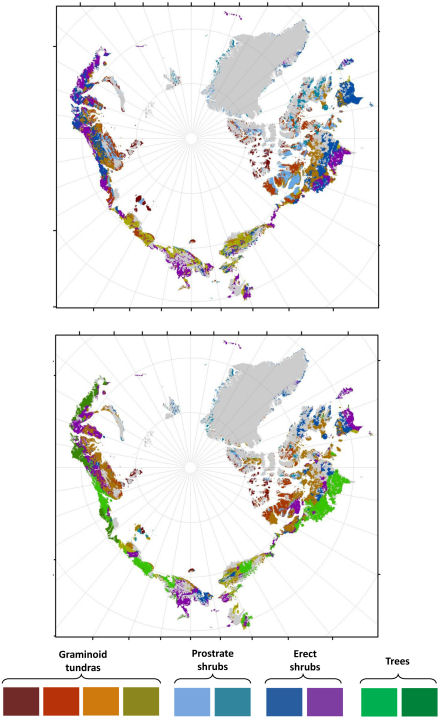
A study of a common wild mouse by two University of Illinois at Chicago biologists has found evidence of dramatic evolutionary change in a span of just 150 years, suggesting genetic evolution can occur a lot faster than many had thought possible.
The findings are the first report of such quick evolution in a mammal and appear in the May 22 issue of the journal Nature.
Oliver Pergams, a conservation biology researcher with the Chicago Zoological Society in Brookfield, Ill. and visiting research assistant professor at UIC, conducted the research as his Ph.D. thesis project at UIC with Dennis Nyberg, associate professor of biology.
Pergams’ study began as a comparison of the genetics of two mice common to the Chicago region – the white-footed mouse and the prairie deer mouse. But the search for historical samples quickly showed the white-footed mouse had squeezed out the prairie deer mouse from its dominant position, diminishing the samples needed to do a comparative study, so Pergams and Nyberg focused attention on the white-footed mouse.
“This intensified focus resulted in our discovery of rapid evolution,” said Pergams. “It was a great surprise. We were simply trying to quantify the amount of genetic variation over time, not show evolution.”
The researchers analyzed DNA samples taken from 56 museum specimens dating as far back as 1855, along with 52 recently captured mice from local forest preserves and state parks. Wayne Barnes, professor of biochemistry and molecular biophysics at the Washington University in St. Louis School of Medicine, assisted in analyzing the DNA.
Only one of the mice from the latest period had the same DNA sequence as the most common sequence among the mice collected before 1950. The first mouse with the sequence currently common was captured back in 1906 at Volo Bog, some 45 miles northwest of Chicago. That discovery prompted Pergams to get all the museum specimens that were collected in Illinois’ Cook and Lake counties.
The researchers used DNA taken not from the nucleus, but from mitochondria, the power plants of the cell. Each cell contains many mitochondria, but only one nucleus.
“If you are working with very degraded, ancient DNA like that from museum skins, you are way ahead using this DNA with lots of copies,” said Pergams. Mitochondrial DNA evolves much more rapidly than nuclear DNA, he said, though this evolution was previously thought only to occur over thousands of years.
“We did not expect to find the rapid, consistent and directional change that we did find,” he said.
While evidence of such fast change has been cited in studies of fruit flies, this is the first reported study to document such quick evolution in a mammal.
“We think it likely that the new gene sequence was either unconditionally advantageous, or that it was advantageous relative to environmental changes caused by humans,” Pergams said.
“Settlers may have brought in mice with the favorable gene that were able to out-compete mice with the native variant. A less likely possibility is that mice with these new gene sequences were already present, and that dramatic changes that humans caused in the environment allowed the new gene sequence to be selectively advantageous.”
Since all the mice studied were caught in forest preserves and parks, Pergams and Nyberg consider the second alternative unlikely. Future studies should reveal if the favorable gene is in older mouse specimens held by museums in other parts of the country.
In any event, Pergams thinks this research may have broad implications.
“It suggests that humans are a likely cause of such rapid evolution,” Pergams said, “and that much of current phylogenetic and phylogeographic methodology may be flawed because it does not take the possibility of rapid mitochondrial DNA evolution into account.”
“It also suggests that the ‘molecular clock’ may sometimes, and sporadically, tick blindingly fast.”


















Comments are closed.